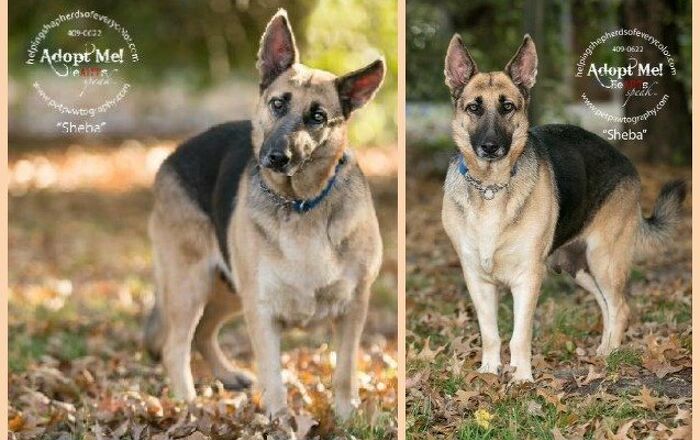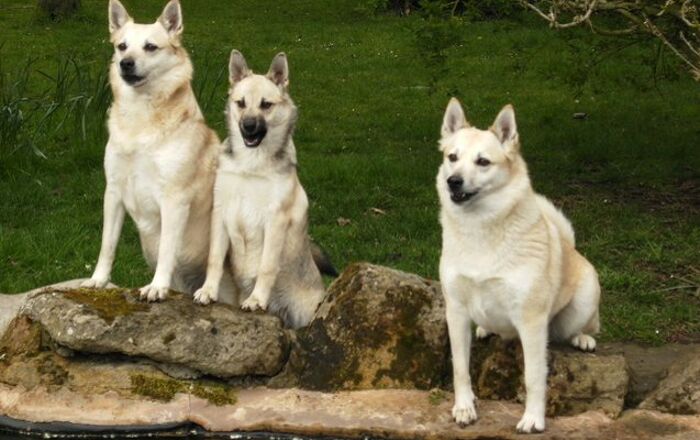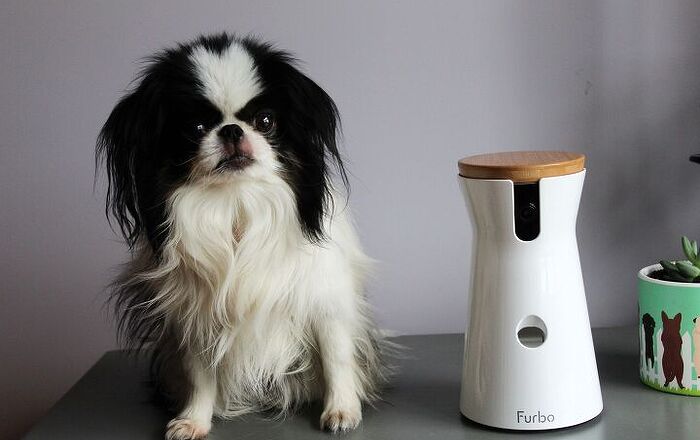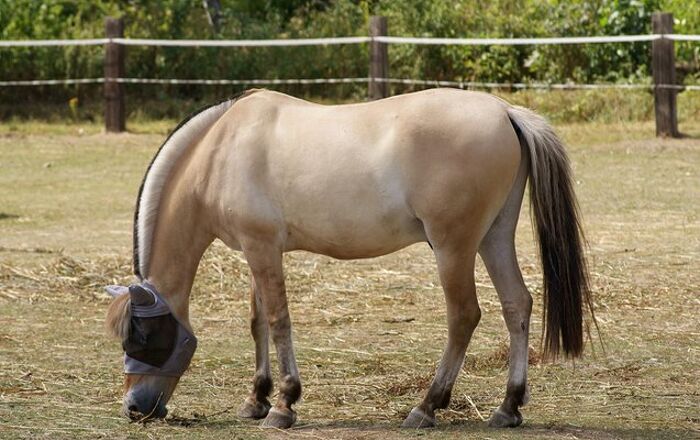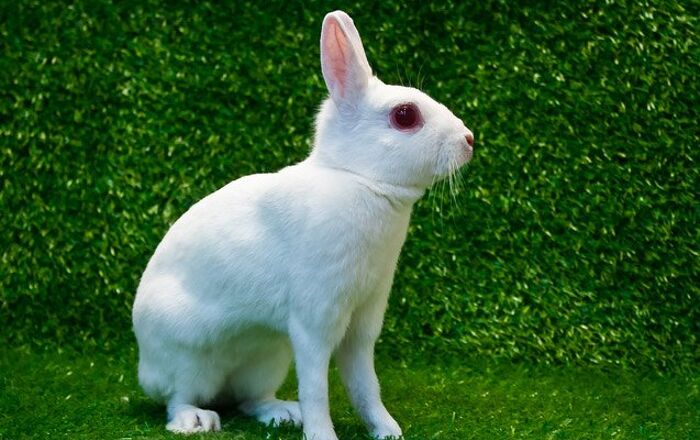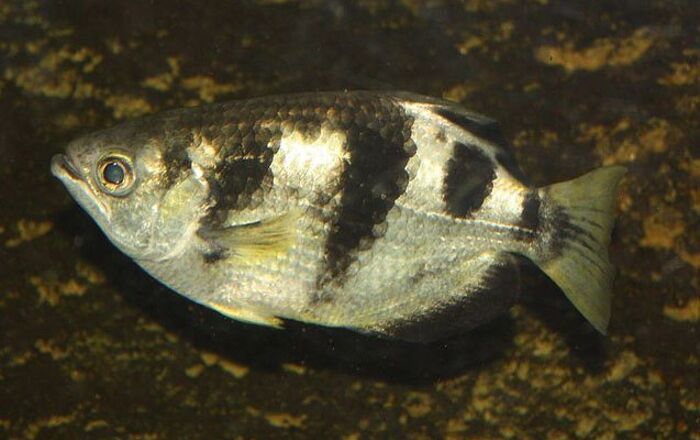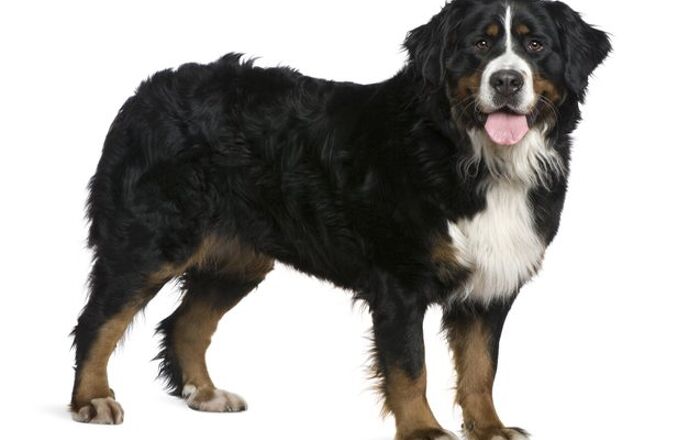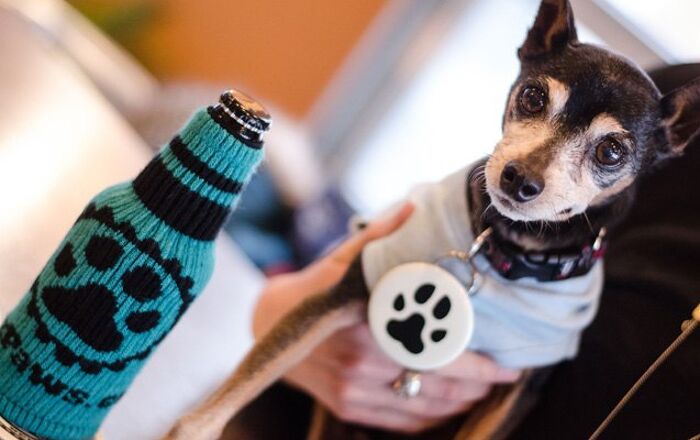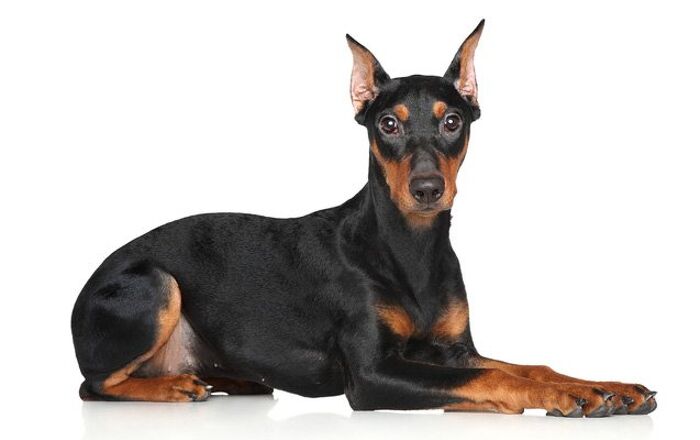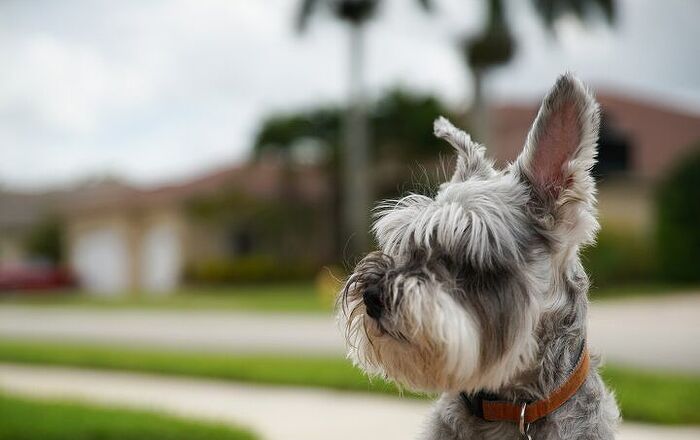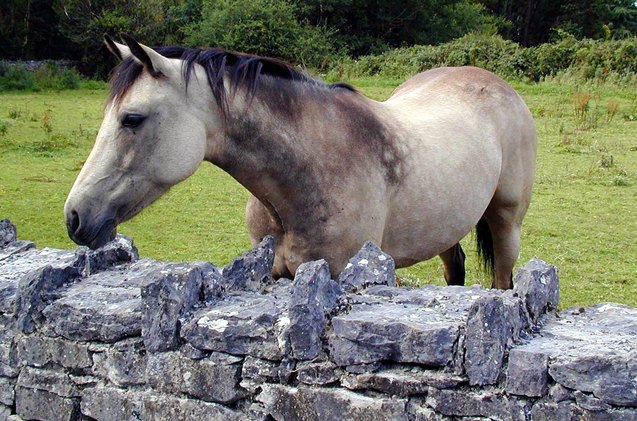
Connemara Pony Breed History
Ireland’s only native equine breed, it is believed that the Connemara Pony has a rich history that dates all the way back to the ancient Celts. As proficient horsemen, the Celts developed the Connemara Pony from the Scandinavian ponies that Vikings brought to Ireland.
This breed is named after the region in the western part of Ireland that is characterized by barren, rocky terrain. The land is mountainous and pounded by the storms and tides of the Atlantic Ocean. It is believed that the ancestors of today’s Connemara Pony were ponies that were similar in appearance to the Shetland Pony and Norwegian Fjord.
The Connemara Pony is Ireland’s only native breed.
It is also believed that Spanish horses were used to develop the Connemara Pony in the 16th century after Spanish Armada ships ran aground and sank in 1588. The Andalusian horses that were aboard the ship swam to the shore and ended up breeding with the native, wild ponies.
In order to make the Connemara Pony even stronger, and to give the ponies much more stamina, Arabians were bred with the ponies in the 1700s. The ponies were also bred with Thoroughbreds and Hackneys.
Because the pony bloodlines were diluted as a result of too much crossbreeding, however, the Connemara Pony Breeders’ Society was established in 1923. Its purpose was to take steps towards the improvement and preservation of the Connemara Pony breed.
In 1926, the Connemara Pony stud book was created, and the Connemara became an official equine breed. Today, this pony breed is growing in popularity all over the world, and it is bred globally as well.
Breed Traits
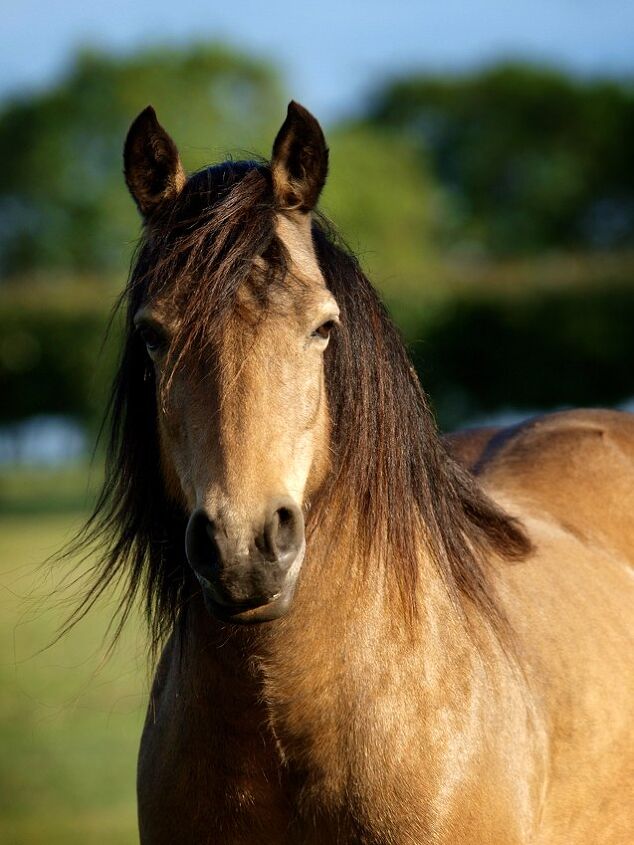
The Connemara Pony is one of the world’s most popular pony breeds, and once you get to know one, you will completely understand why.
These ponies are adaptable and versatile, so they are suited to a wide array of disciplines that include endurance riding, dressage, and jumping, as well as pleasure riding and trail riding. The breed is even popular with both children and adults, and these ponies can comfortably be ridden by adults, not just kids.
These ponies are willing, honest, trusting, and gentle. They have a wonderful temperament that is suitable for all levels of riders, including beginners, and they are intelligent and hardy as well.
Connemara ponies can be ridden by adults and children.
Overall Description
The Connemara Pony is large for a pony, and it features a well balanced, sturdy, and compact body that has substance and depth. These horses have short legs, but they will be able to cover quite a bit of ground.
When you observe the head of a Connemara Pony, you will note that it is short and has a slightly dished profile, along with a broad forehead, small ears, and dark eyes. Overall, the head should be medium in length and well balanced, with well-defined cheekbones and a jaw that is not coarse but relatively deep.
The head of this pony should be set well on the neck, and the crest should not be over-developed. The body should be deep, there should be well-sloped shoulders, and the back should be strong as well.
The forearms should be strong and of a good length, and the knees should be well-defined with short cannons. The pony’s hindquarters should be muscular and strong, and the tail should be set high. Also, the pasterns should be of a medium length, and the feet should be medium and shaped well, as well as level, sound, and hard.
The Connemara is one of the world’s most popular pony breeds.
Colors
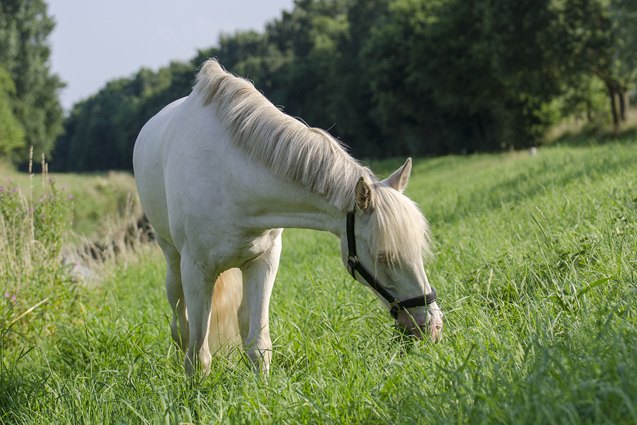
The attractive Connemara Pony can feature a variety of lovely equine coat colors. These commonly include black, gray, bay, brown, chestnut, dun, roan, and palomino.
Grooming Requirements
Grooming your Connemara Pony regularly will be necessary, as it is a fantastic way to bond with your horse and the best way to keep his coat looking clean, smooth, and healthy.
A set of standard equine grooming tools will be sufficient to keep your Connemara Pony clean and happy. A dandy brush can be used all over the body to remove dirt and debris, but you can also use a body finishing brush, a shedding blade, and a curry comb to make sure every grooming session will be a thorough one. These tools will work on removing loose hair and stimulating the skin like a massage so that the coat can be smoothed out and shiny.
Using the appropriate brushes, you can also smooth out and detangle the tail and the mane, and you can utilize a hoof pick in order to completely clean out the hooves, which can accumulate quite a bit of dirt and mud while you are out riding your pony. Just be sure to examine your horse, especially the hooves, as you clean him so that you can recognize any injuries or infections right away.
Photo credit: CampCrazy Photography/Bigstock; gebut/Bigstock; nigelbaker/Bigstock

